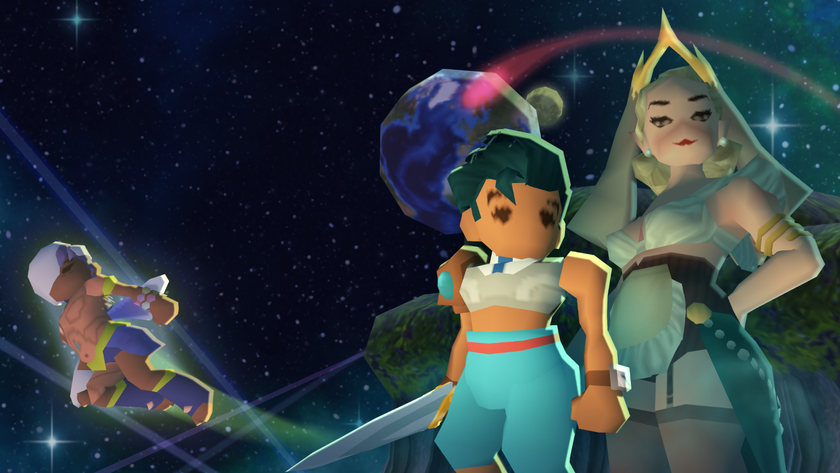ID@Xbox: Nathan Vella on Below
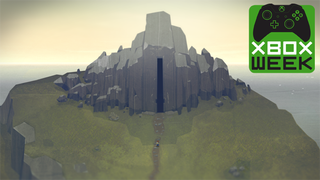
Digging Deeper
Below is as enigmatic a project as it is a game. The procedurally-generated roguelike aims to tutorialise, grow and even tell a story with almost no hints given to the player, your tiny, soon-to-be permakilled avatar often the only source of light in the ever-changing tomb/dungeon/funky space palace they travel through. I caught up with Capy Games president, Nathan Vella to see if he'd let slip a detail or two.
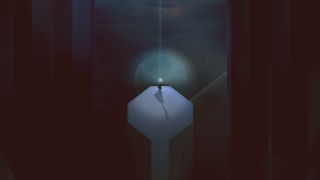
OXM: Below's yet another change in genre from Capy - are you too restless to work within a single style, or is there something else that keeps driving you to new things?
Nathan Vella: We really just make the games that are the most exciting to us, and that we believe will be the most interesting to our fans. We fought pretty hard to be in the position where we have creative freedom. The thing that defines our games is our style, our focus on making things that arent expected, and how were driven by aesthetics. That means, I hope, that whatever the genre we are working in or tackling next, it can still feel Capy.
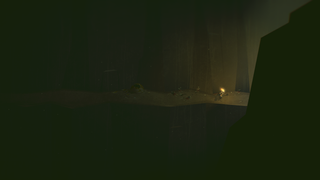
OXM: You've always made games with a prominent sense of humour, but we haven't seen much of that yet in Below - is this your darkest game?
NV: Below is definitely a dark game - in many ways our darkest one to date. But it isnt meant to be dark in the traditional way through an explicitly told story. Its more meant to create a tone or atmosphere of darkness, and then let the player decide where their narrative fits into that tone.
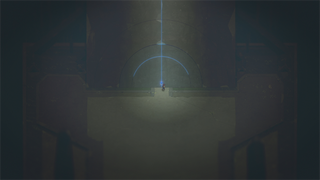
OXM: Development of the game's been shrouded in secrecy - is that to keep people from forming expectations or are you just keeping secrets from us?
NV: When we talk about Below at the studio, we often call it a game of secrets. Theres so much weve put (and are still in the process of adding) into the world that players could discover, but showing it off would immediately ruin the feeling of finding something. I think expectations are unavoidable, but were more focused on ensuring that when someone jumps into the game, explores the depths, and finds something totally crazy... they will wonder if anyone else has even seen it before.
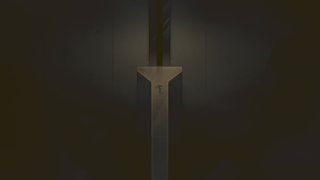
OXM: This looks like a "bigger" game than anything you've made before - are we reaching a time when tools allow indies to create projects as ambitious as "AAA" devs?
NV: Below is definitely our most ambitious game - in terms of scale, in terms of narrative and in terms of what were trying to bring to the table for players willing to go deep (both literally and figuratively). And it has been the most challenging game to develop because of that. I do think the tools are helping - both middleware and the platforms themselves. But I think, for the most part, the creativity of independent developers is what drives bigger, more ambitious projects. Tools help, but theyre meaningless without the drive and ability to make something amazing.
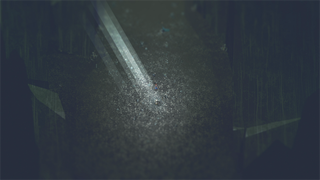
OXM: The game doesn't seem to have a UI - can we assume that part of the game is learning how to play, what's going on in this world and where to go?
NV: Everything in the game is there to be explored - from the world to the controls. There is UI in the game for things like your health or your pack, but these are only on the screen temporarily and often by the players choice. Things like health, quantities of arrows, potions - these things are all core knowledge to people so theyll learn quickly in Below. Things like crafting and finding the correct combinations, uses for items, strengths of weapons - these will require more in-depth exploration. Some players will choose to go deep, while others will stick to what they know. Both are totally valid in Below.
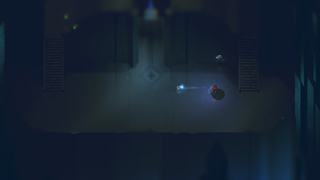
OXM: Can you pinpoint a particular idea or theme you think indie games will explore in 2015?
NV: Weve definitely seen the lightning fast rise of procedural generation, and I think thatll continue. Having a game with replayability built in, with randomness as a feature players will get a lot out of it and continue to get more through 2015.

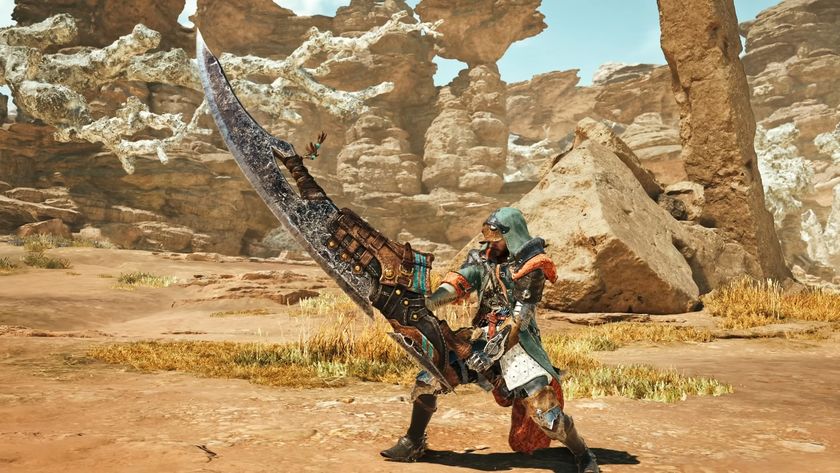
Monster Hunter Wilds revived a play style I fell in love with almost 10 years ago, and now it's one of my favorite ways to play all over again
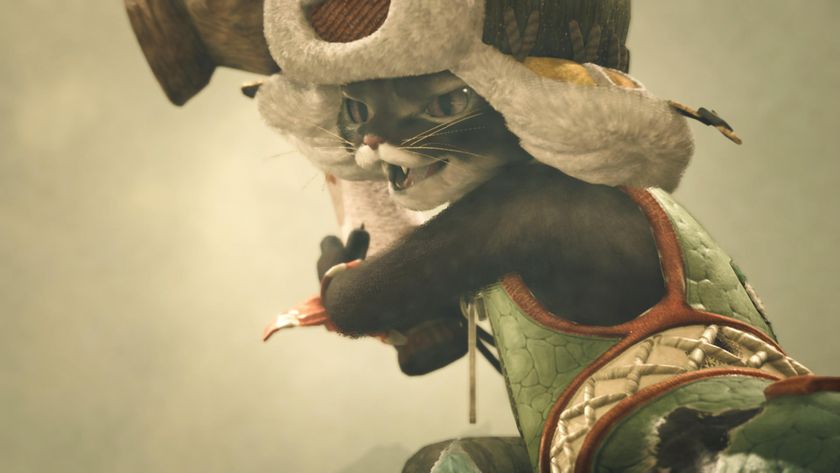
Monster Hunter Wilds PC players make Steam reviews their 15th weapon as Capcom's RE Engine delivers another Dragon's Dogma 2-sized disaster: "Very immersive game. You can cook a well-done steak on your GPU"

Monster Hunter Wilds revived a play style I fell in love with almost 10 years ago, and now it's one of my favorite ways to play all over again

Monster Hunter Wilds PC players make Steam reviews their 15th weapon as Capcom's RE Engine delivers another Dragon's Dogma 2-sized disaster: "Very immersive game. You can cook a well-done steak on your GPU"
Most Popular



